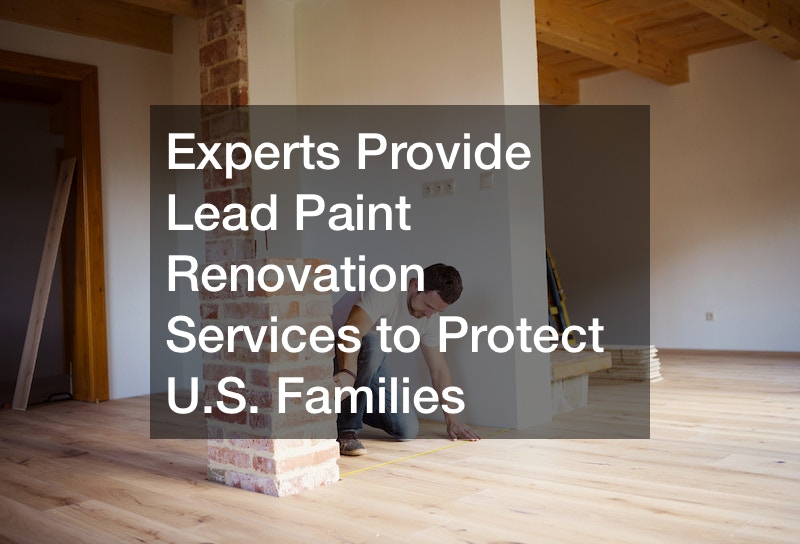Lead is toxic to humans, which is why lead paint is banned in the U.S. However, because this ban only came in during the 1970s, older buildings may still have this dangerous lead paint on the walls. This video follows an expert team as they prepare to perform lead paint renovation services on a pre-1970s home.
In many homes like this, the lead paint won’t be on the surface. It will be hidden under multiple layers of paint and maybe even paper. This becomes problematic when DIY or demolition takes place, as damaging the walls causes the lead to enter the environment.
To ensure this doesn’t happen, lead paint renovation service specialists create an airlock around the space they work in. They use polythene to protect floors and carpets and ensure all windows are sealed. They also use a high-efficiency particulate air (HEPA) filter to capture lead particles and prevent them from contaminating the air.
The team is also protected with HEPA facemasks, gloves, booties, and disposable full-body suits. Lead paint renovation services providers also have their processes and equipment tested every three months. This ensures everything is safe and up to standard and gives families and homeowners peace of mind.


